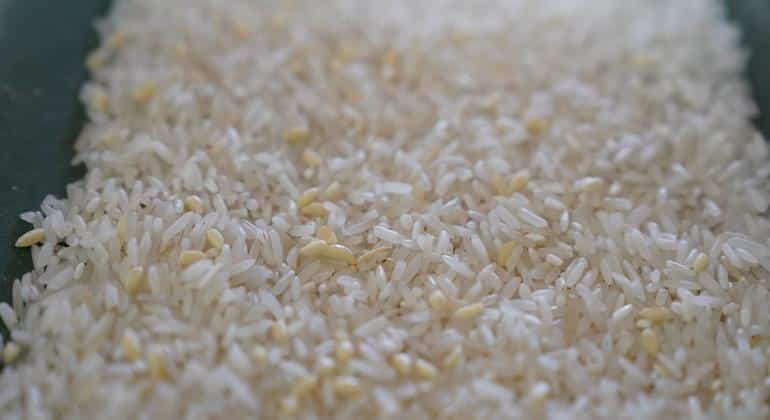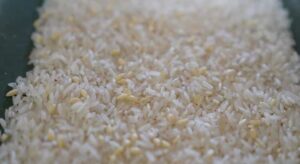Sure! Here’s the translation:
—
Global food production has reached record levels, marking a milestone in the harvest of grains, rice, and poultry, according to a recent report from the Food and Agriculture Organization of the United Nations (FAO). This growth is accompanied by an expected increase in global consumption and a recovery of food inventories.
However, the FAO has also pointed out that risks persist that may affect the stability of the food market, mainly climate variability and international trade tensions. Maximo Torero, chief economist at the FAO, emphasized that the resilience of agri-food systems represents one of today’s greatest challenges.
The report indicates that wheat and other grain production will reach historic figures. In particular, rice will set records in Asia and Latin America. Wheat inventories are expected to increase by 3.6%, reaching a peak towards the end of the 2025-26 season. Additionally, rice stocks are also projected to rise by 2.2%. This increase in supply has led to downward pressure on international prices, although a sustained rise in consumption is anticipated, especially in low-income and food-deficit nations.
Global meat production will rise by 1.4%, with a significant boost in poultry, while the beef sector will see a decline due to reductions in cattle in countries like Brazil and the United States. In the sugar sector, extraordinary harvests in Brazil, India, and Thailand will contribute to an increase in global reserves.
On the other hand, global consumption of vegetable oils is expected to outpace production, largely due to a decrease in soybean supply stemming from cuts in cultivated area across several countries. Fishery and aquaculture production is projected to grow by 1.7%, fueled by increased demand.
The olive oil market is beginning to show signs of recovery after a period of drought that significantly affected production and drove up prices in 2023 and 2024. In Spain and Greece, wholesale prices have dropped considerably, while they remain high in Italy. Additionally, the increase in rainfall in Tunisia could lead the country to become the second-largest world producer in the coming years, with record production anticipated.
The FAO has also reported a rebound in fertilizer use following a period marked by shortages and high costs, although prices remain above pre-crisis levels. Moreover, the global food import bill could rise by nearly 8% in 2025, reaching $2.22 trillion, driven by rising prices of products such as coffee and cocoa.
Despite the optimistic outlook, global food security continues to depend on countries’ ability to adapt to an increasingly uncertain environment, characterized by climate changes and volatile trade relations.
—
If you need any adjustments or further assistance, let me know!
via: MiMub in Spanish











